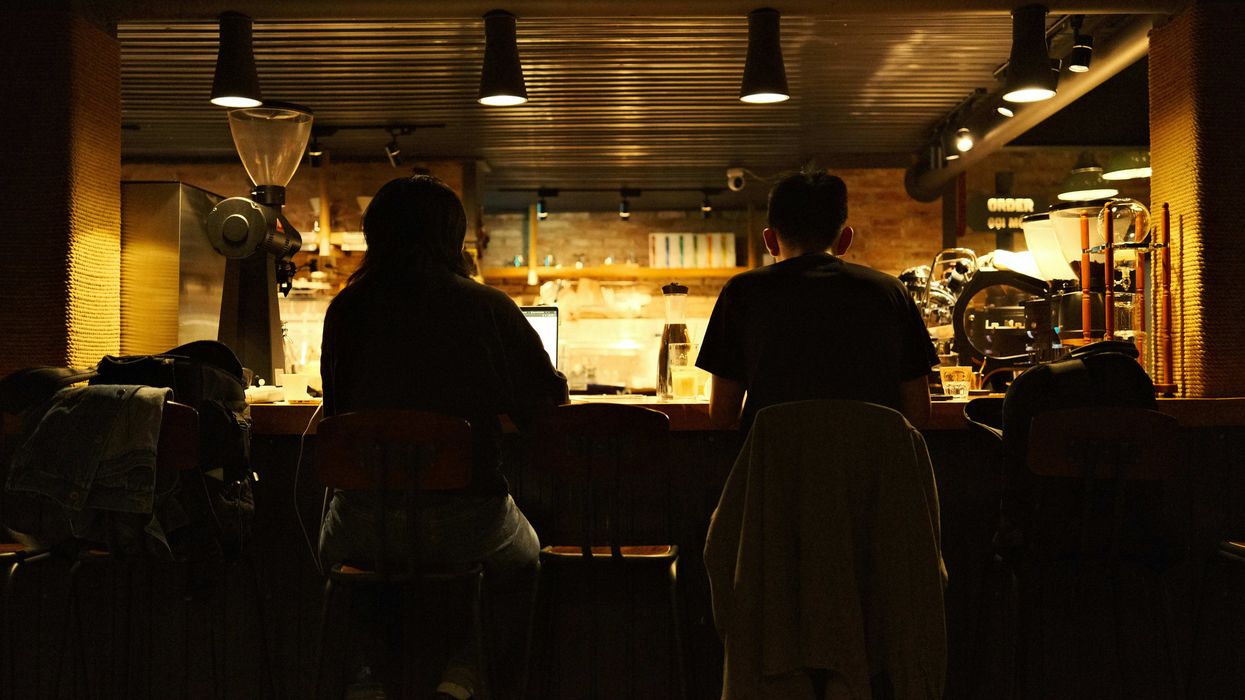On Sunday, July 22, the world's oldest living person, Chiyo Miyako, died.
Miyako lived in Japan. She was 117 years old.
Miyako, born May 22, 1901, has only been the world's oldest living woman in Japan since April 2015 That's because the previous oldest living person was also a Japanese woman.
The world's previous oldest person, Misao Okawa, passed away April 1, 2015. Born March 5, 1898, Okawa was the last living soul who saw the 19th century.
Though Okawa was only a toddler when the century turned from the 19th to the 20th on January 1, 1900.
Miyako's family released a statement through Guinness World Records, saying their matriarch was a "patient, kind and chatty 'goddess' who brought joy to those around her."
They commented:
Chiyo loved eating Japanese foods such as sushi and eel and enjoyed practicing calligraphy.
Though the world's oldest man remains fellow countryman Masazo Nonaka, 113, Guinness has yet to determine Miyako's successor as Japan's and possibly the world's oldest woman and possibly person.
Kane Tanaka, born January 2, 1903, is tentatively being cited as the new world's oldest: person, woman, Japanese person and Japanese woman. Tanaka is reported to be 115 years and 208 days old.
The world's oldest person can often be found in Japan, which is considered a "super-aged" nation. Japan is a country where over 20% of the residents are over 65 years old.
In fact, 69,000 people in the country are over 100.
1,000 of these centenarians reside in Okinawa alone, which is considered one of the world's five "blue zones."
Blue zones are where people's naturally healthy behaviors cause increased longevity.
The other blue zones are:
- Ikaria, Greece
- Ogliastra Region, Sardinia
- Loma Linda, California
- Nicoya Peninsula, Costa Rica
But a longer-living populace isn't unique to Japan—around the world, the average death age is increasing. The fact people are living longer—combined with fewer people having children and those who do have children having fewer—is already beginning to put strain on national economies.
A 2014 report by Moody's Investors Service predicts there will be 13 super-aged countries by 2020. Remember, that's a population where over 20% of the people are older than 65.
John Roland Beard, director of the Department of Aging and Life Course at the World Health Organization, believes our increased age as a species doesn't have to be a disaster. If we plan for it properly, living longer could mean living better.
He stated:
"It's important to realize that older populations present challenges but also opportunities. We need to shift away from the outdated stereotype that people retire and that's that, to ensuring that older people can continue to participate in society."
Makoto Suzuki, an 84-year-old practicing cardiologist who has made elderly contribution to society his main focus, agrees:
"We need longer-living, healthier, happier old people."
Rest in peace, Chiyo Miyako.

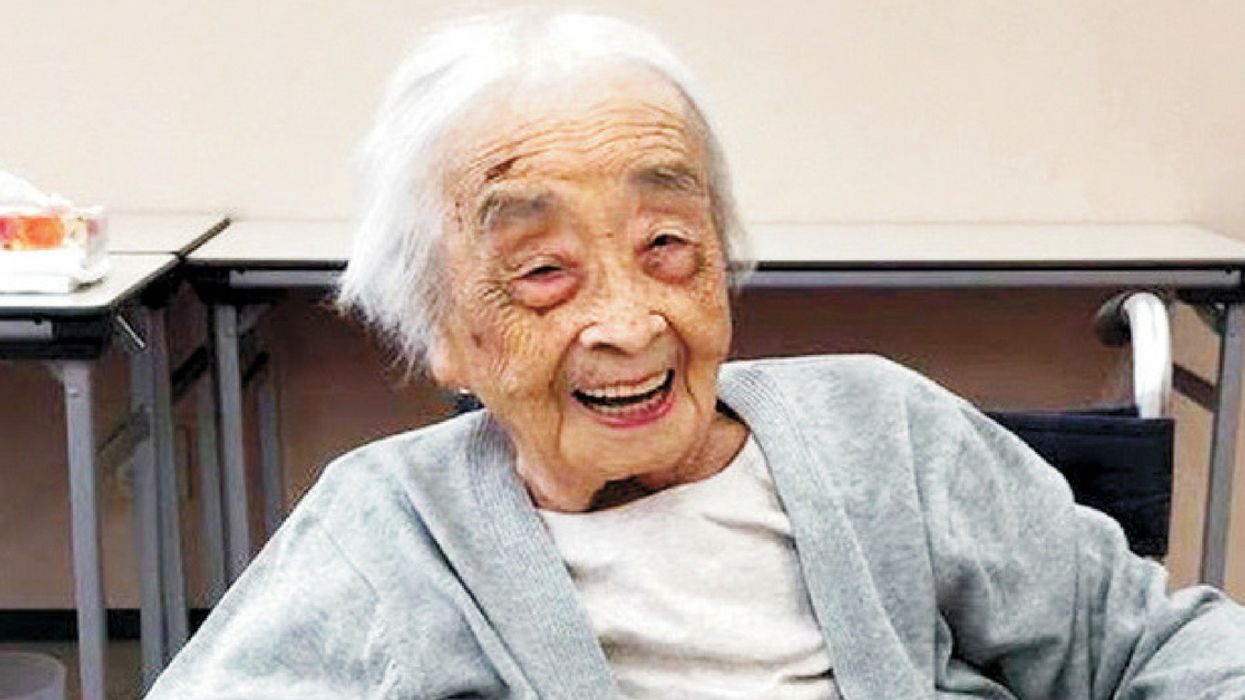

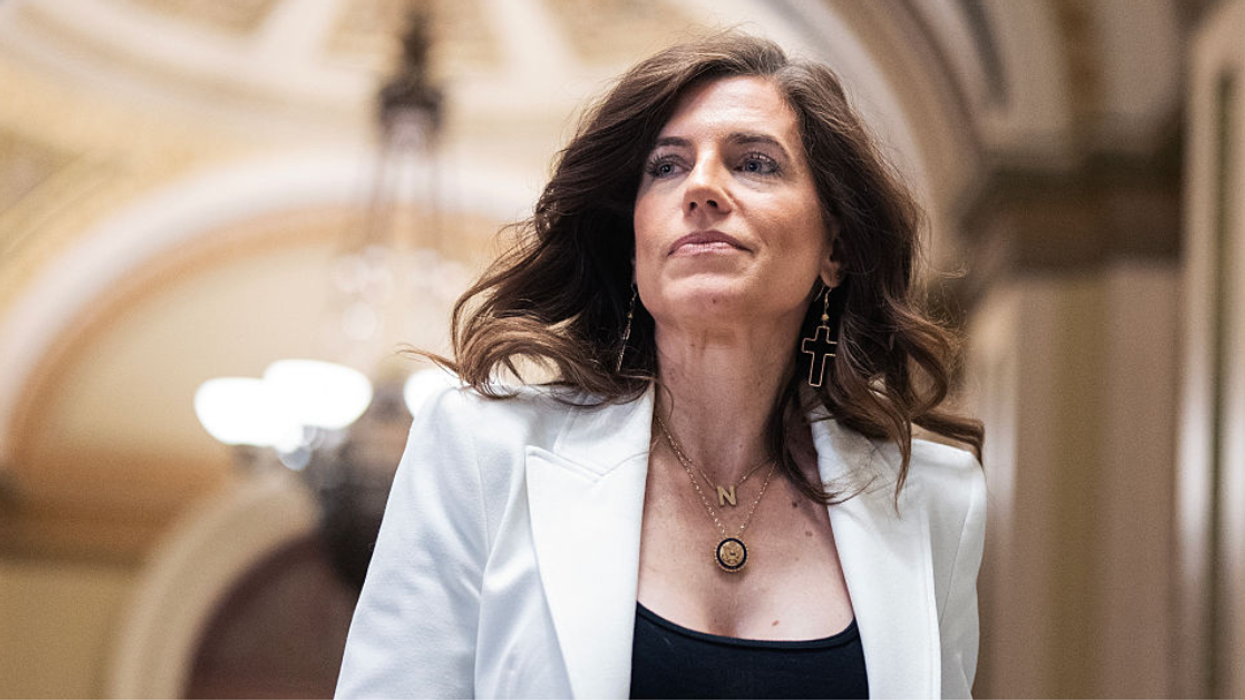

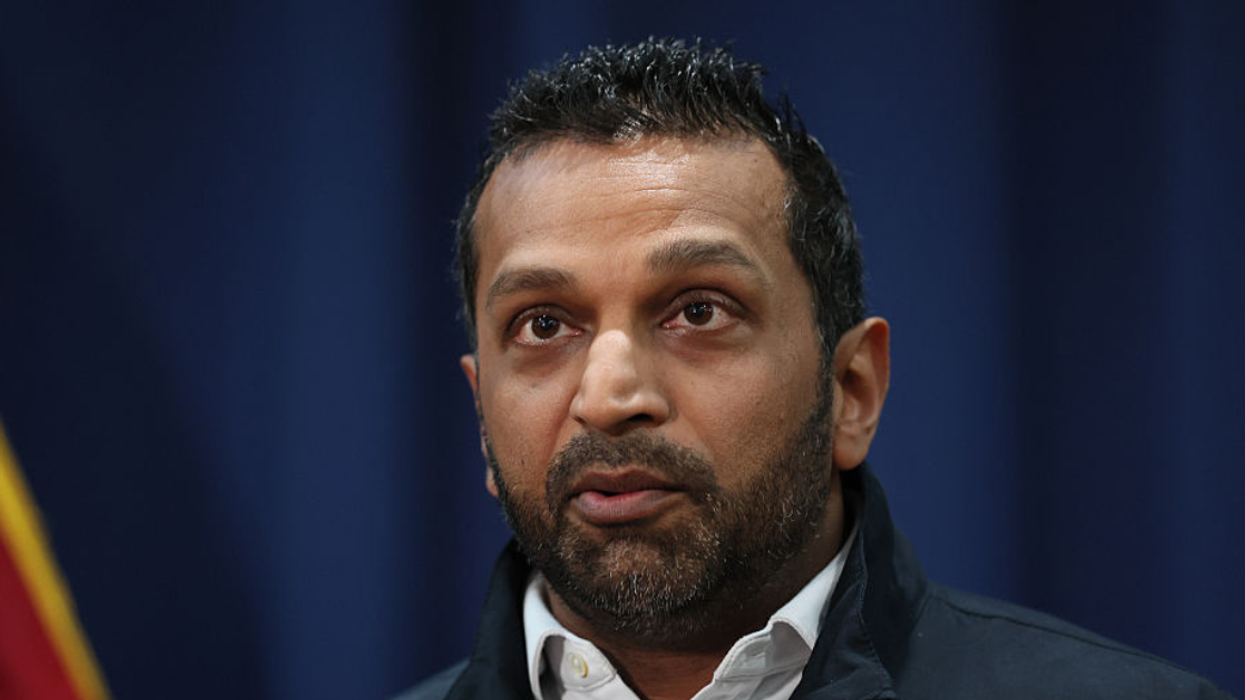





 @winnieharlow/Instagram
@winnieharlow/Instagram


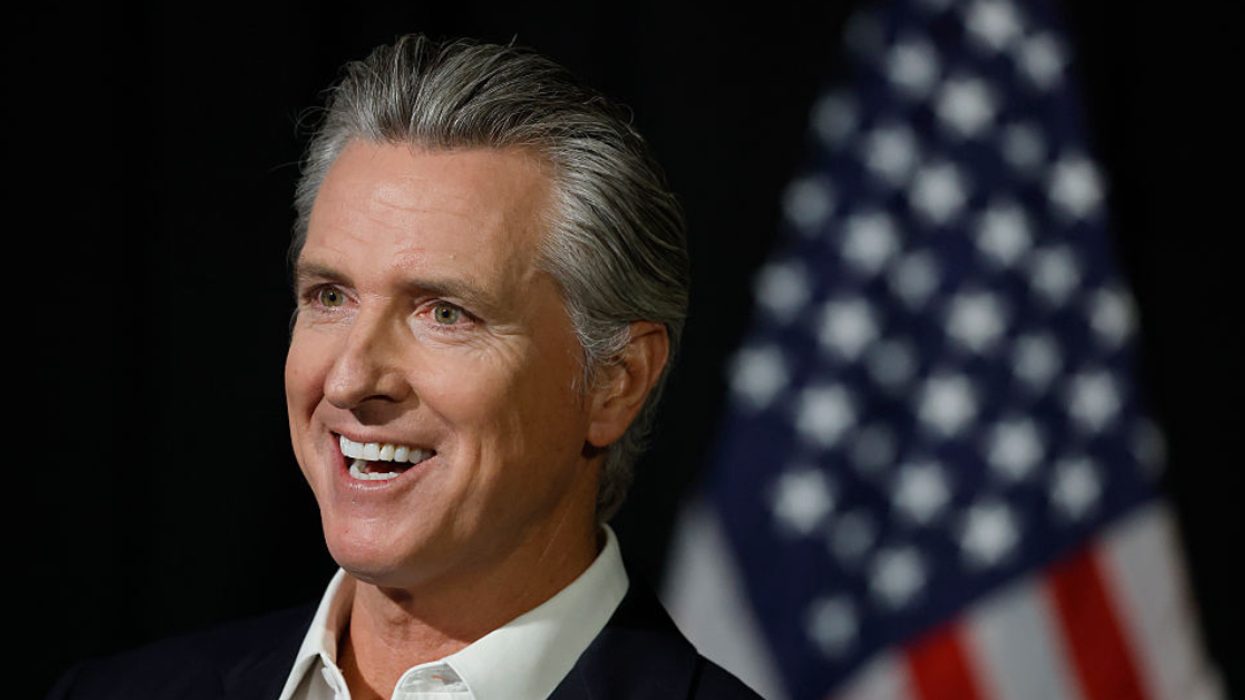
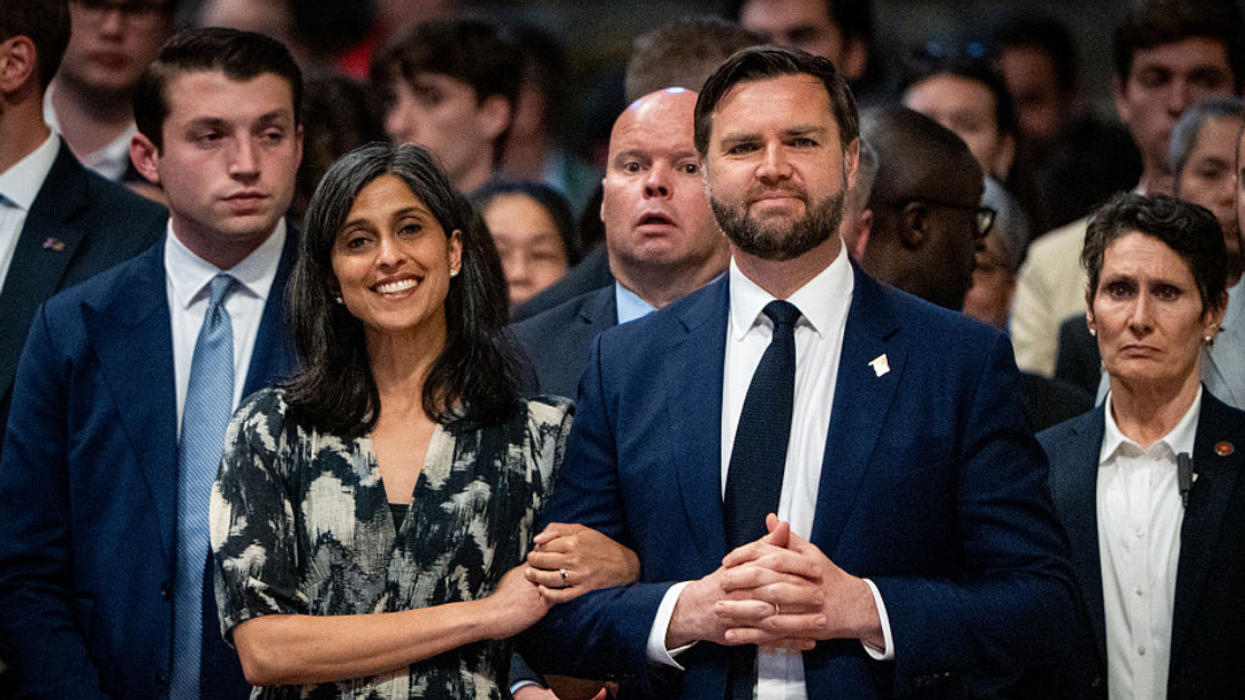

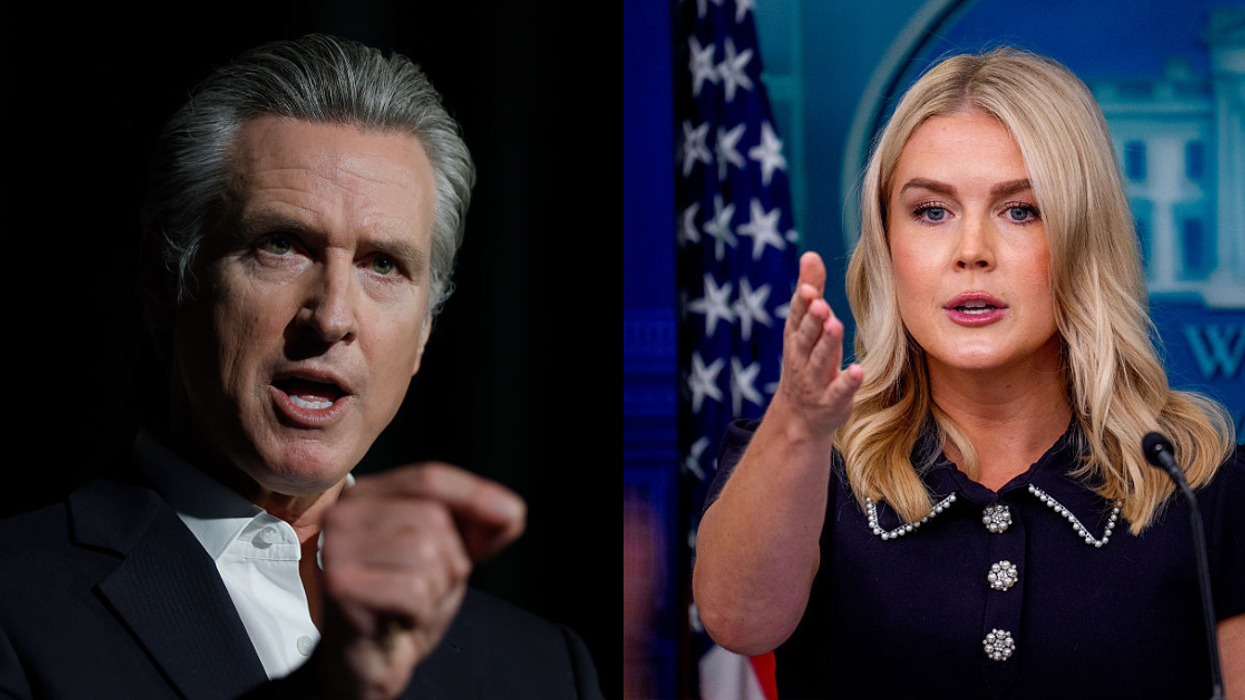
 @realDonaldTrump/Truth Social
@realDonaldTrump/Truth Social